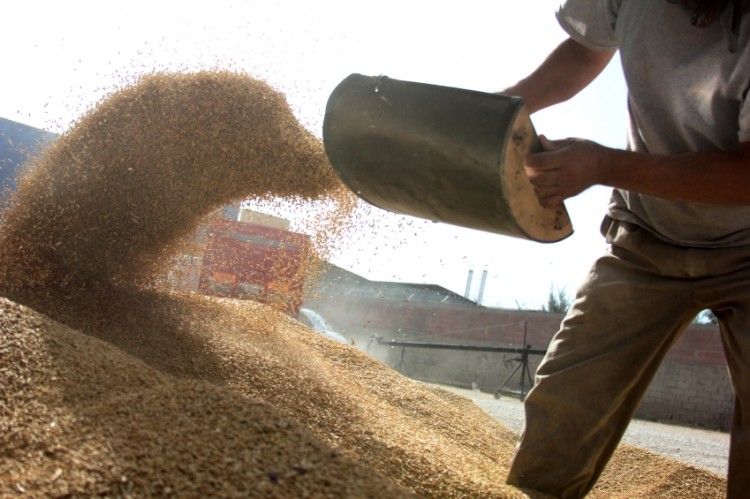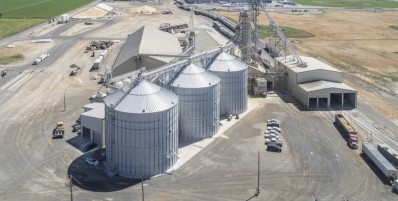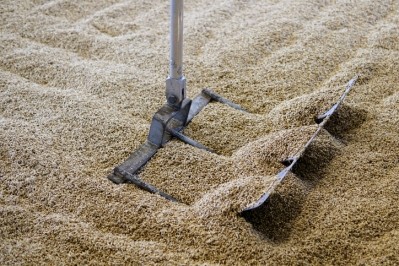US feedstuffs handler Scoular faces $47,300 OSHA citation

The report, released last week, outlined four serious safety violations and a repeat violations ranging from fall hazards to explosive dust concerns at one of its Kansas facilities. It carries a suggested fine of $47,300.
The citations are the result of a December 2015 investigation initiated under OSHA's Local Emphasis Program forGrain Handling hazards.
Scoular handles, sells, stores, processes and transports feed ingredients, grain and food ingredients. It has 120 offices across North America, South America and Asia and is the 66th largest corporation in the US.
The company said it is examining the comments made in the citation.
“Scoular is reviewing the report it received from OSHA last week, and as is customary, [we] will be cooperating fully with the agency's investigation to ensure a safe working environment at its Tribune facility,” it said in a statement given to us. “Like OSHA, Scoular values the health and safety of its employees above all else.”
Grain dust accumulation must be controlled to prevent a fuel source in bins from igniting in proximity to operating conveyors, augers and other equipment, noted Judy Freeman, OSHA's area director in Wichita.
“OSHA grain handling standards address the numerous serious and life threatening hazards found in grain bins including grain dust explosions, engulfment and entrapment from flowing grain, falls and amputation hazards. These common sense safety standards protect workers on the job in this hazardous industry," she added
Citation details
The serious violations included fall hazards as some ladderway floor openings and platforms lacked a standard railings and toeboards on exposed sides, reported OSHA. Raised platforms in two areas also did not have the required guardrails on all sides.
Ladderway openings were reportedly not correctly guarded at the tops of platforms on the south bin, west bin and the north bin or on platform tops in flat storage in the west and east, the agency said. These provided fall opportunities of 24 to 11 feet depending on location.
Additionally, in some areas, fixed ladders did not meet space requirements, it reported. “Employees engaged in grain handling activities were exposed to fall hazards in that the ladderway leading into the boot pit did not have 30 inches of clearance,” it added.
The site’s housekeeping program also needed to address the process for removing grain or product spills in work areas, said OSHA. “Employees engaged in grain handing activities were exposed to tripping hazards in that the housekeeping program did not address procedure for removing grain and product spills,” it added.
The repeat violation also addressed the location’s housekeeping program and reduction of grain dust accumulation, the agency reported. “Employees engaged in grain handling activities were exposed to fire and explosion hazard in that the housekeeping program did not determine a frequency for housekeeping activities sufficient to reduce fugitive grain dust accumulations, and the housekeeping methods developed in the program were not fully implemented,” it added.
Grain dust was able to collect on ledges and equipment in one boot pit, the agency said. And, accumulations in the boot pit did not trigger cleanup procedures.
The company had been previously sited for a violation of this standard during an inspection done on a separate facility in Montana in 2011, the agency reported.
What’s next?
Moving forward, the company has the options to correct the listed violations and submit paperwork regarding the changes along with payment the fines or it may contest the citation, said the agency.
The company also has a 15-day window in which to have an informal meeting with OSHA regarding the details of the citation.
Evidence of abatement steps can be presented at that time and it may be possible to establish an informal settlement to resolve the citation without 'litigation or contest,' the agency said. “During such an informal conference you may present any evidence or vies which you believe would support an adjustment to the citations and/or penalties,” it noted.
Additionally, a copy of the OSHA citation needs to be posted either near the site of the violation or in an area where it can be seen by employees, said the agency.










